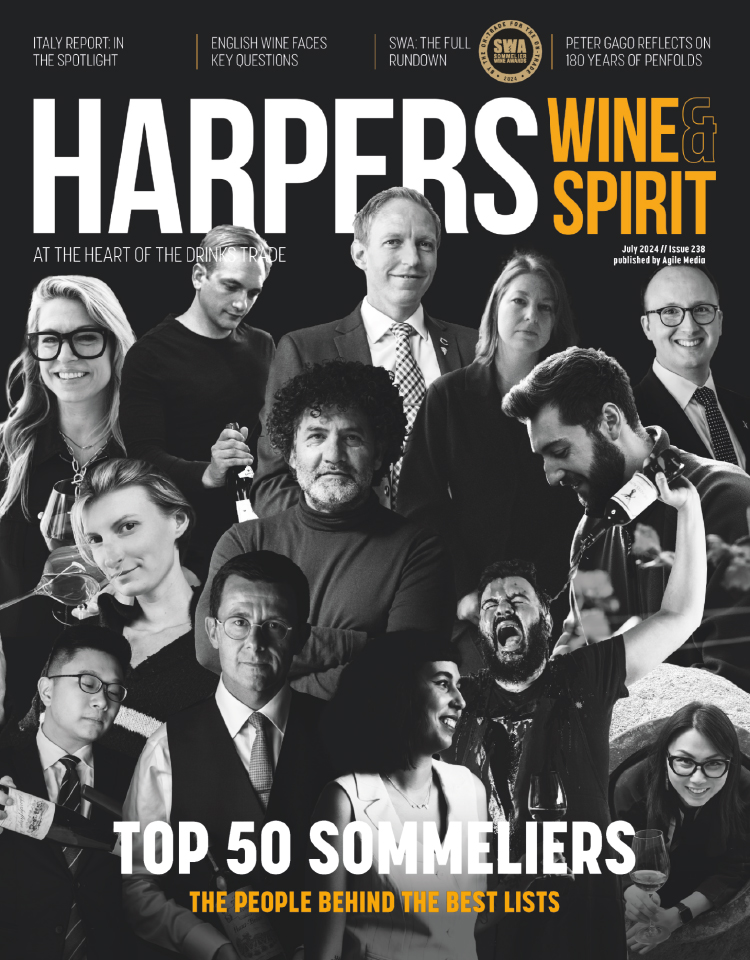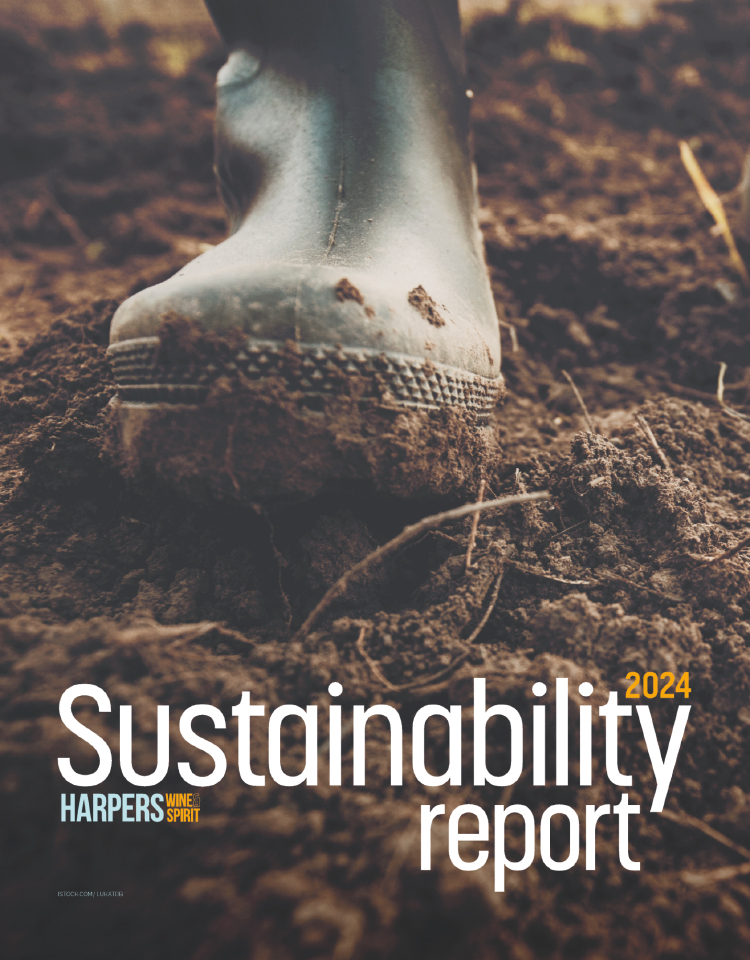THE INTERVIEW - RAFAEL DE ARAUJO
Rafael De Araujo, General manager, Made in Brasil, London. Interview: Josie Butchart
Made in Brasil 12 Inverness Street, London NW1 7HJ Tel: 020 7482 4777
Made in Brasil, which opened at the end of June, has the biggest selection of cachaa in the UK. The list includes 78 varieties, most from small producers, which have been imported by Brazilian general manager Rafael De Araujo. The cocktail list focuses on Caipirinhas and Capatas, and Brazilian chef Juarez Santana Ferreira serves up traditional Brazilian dishes. De Araujo has worked in the bar industry in London for five years as a cocktail barman at the Jazz Cafe, Pappagaio, The Engineer and, most recently, The Cobden Club in Notting Hill. For the rest of the summer, the London School of Samba will be performing from 8pm every Wednesday in the garden at Made in Brasil.
How did the idea for Made in Brasil come about? About a year ago I started bringing cachaa over here and trying to educate people to drink cachaa as a straight spirit - not just in Caipirinhas, which is the way most people think of drinking sugar cane rum. I've worked in the bar industry in London for five years and in that time I've seen a wide range of clientele in different bars and noticed what people like and what they don't. I could see that cachaa had a lot of potential, because Caipirinhas were becoming more popular, but could also see that most people still didn't know cachaa as a neat spirit.
How do Brazilians drink cachaa? In Brazil a lot of cachaa is drunk neat or with coke, but basically we do everything with cachaa in Brazil. We drink more cachaa than vodka or anything else. When I started doing my research, I went to my first tasting at a restaurant in Brazil and I was quite impressed because they had about 450 different cachaas. Then I went to a cachaa festival and there were more than a thousand! There are so many producers of cachaa, because Brazil is so big. But Brazilians also drink a lot of Capata, our other national cocktail. The translation in English is The Devil' - it's quite strong! Capata is made with guarana powder, condensed milk, chocolate powder and sometimes nuts.
You have a list with 78 different cachaas. Why so many? I wanted to make this place a real cachaaria, which is a house of cachaa': a place where you can find all types of cachaa. There is nowhere else in London that can call itself a cachaaria; most places have three or four different brands and that's it. I have one house brand that I use to make cocktails, but the others I don't use for cocktails because it would be like using a 15- or 20-year-old bourbon or whisky in a cocktail; they should be drunk neat. If you have any good spirit that has been aged you shouldn't mix it with anything else. It's the same for cachaa.
What makes a cachaa particularly good? It's the same as for wine - it comes from the people who work to produce it and how they produce it. It has to do with the plantation, the way they distil the cachaa and whether it is industrial (distilled in a column still) or hand-made by a small producer (distilled in an artisanal copper still). With hand-made cachaa, the producer can add essence or adjust the sugar mash during the process. You don't just put it in the still and wait - the producer can work on it as it distills.
What is special about hand-made cachaa? It tastes quite funny because the small producers can't purify the cachaa as much so it has a very strong flavour of the sugar cane, a very soft taste.
How have customers reacted to the extensive cachaa list? They come in and look at the menu but they often ask for help in choosing a cachaa, because the list is so long. It's funny when they try them because there are so many different styles of cachaa that they often get quite confused about what cachaa is. Customers also find it interesting to compare the taste of a Caipirinha with straight cachaa, because they taste so different.
Do many customers order Caipirinhas? It's been unbelievable. I have been selling an average of 450-500 Caipirinhas a week. That's a lot! I had a party of 30 people last Sunday and they pre-ordered 90 Caipirinhas and ended up drinking about 120 by the end of the day.
Do people stick to the classic Caipirinha or are they quite adventurous? They go through the whole menu. I've even added a few more Caipirinha options since we opened. Caipirinha is a very simple drink - it's basically a base of muddled lime and sugar with cachaa - so I thought I would keep the same base for some of the cocktails but also play around with other ingredients, such as sake and red wine. My industry is about being creative.
Is your staff Brazilian, or did you have a lot of training to do? None of the bar staff are Brazilian, but they have been doing very well. It's not difficult to make a Caipirinha, but you need to make sure you have the right balance between the lime, the acidity and the sweetness. Once you have developed your palate you can do anything you want. But it's very funny: all the bar staff who come here haven't really got a picture of what they will actually be doing and how much work it is making a Caipirinha. I say to them, Listen, this is the house of cachaa and you have to be strong to muddle Caipirinhas!' I have been in the bar industry for a long time but I have never set up a bar like this. We do heaps of limes each day and we cut them in a special way. I'm sure none of the bar staff have done anything like this before. It's madness.






